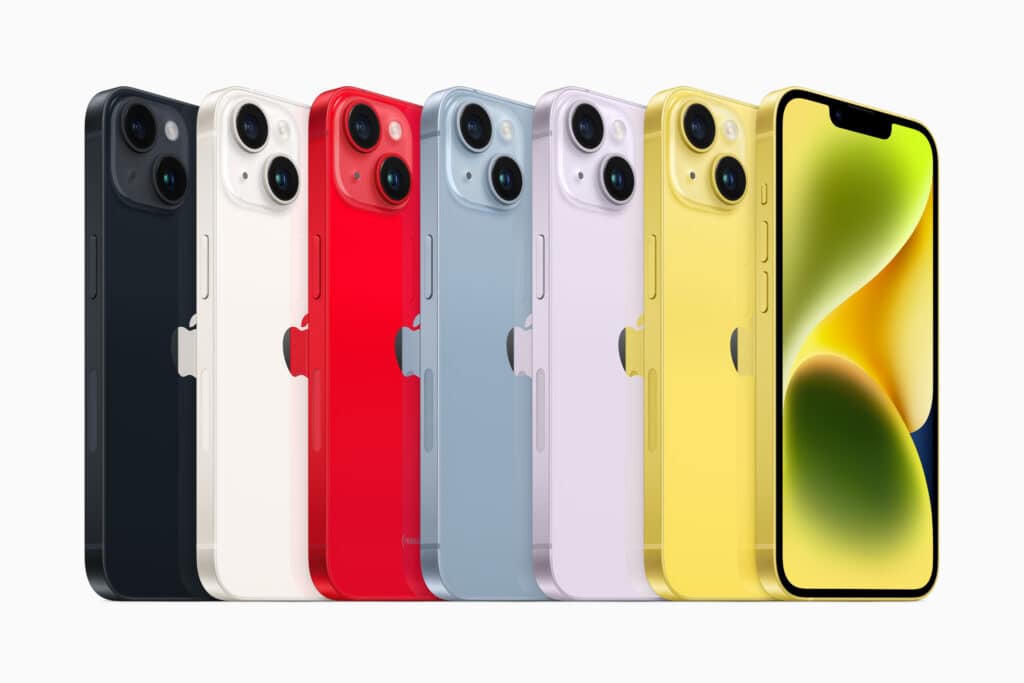The CIRP report, titled “Carriers Regain Dominance as iPhone Buyers Return to Stores”, reveals that Apple’s share of iPhone sales in the U.S. has dropped from 27% in 2021 to a mere 17% recently. 11% of sales come from physical Apple Stores and just 6% from Apple’s online platform, making up the 17% overall figure for iPhones purchased directly from Apple.
On the other side, mobile carriers have gained significantly, making up 79% of total iPhone sales. CIRP attributes this trend to several factors. One key reason is the resurgence of in-person retail shopping, with 65% of total U.S. iPhone sales now happening in physical stores. Given that carriers have thousands of locations compared to fewer than 300 Apple Stores in the U.S., the advantage naturally swings towards the carriers.
Another contributing element is the aggressive promotional and incentive programs offered by carriers. These often include free iPhones distributed as credits over extended periods of 30-36 months, essentially tethering consumers to the carriers for their future upgrades. Although Apple provides its own financing solutions like the iPhone Upgrade Program and the Apple Card, carrier promotions with more attractive trade-in offers appear to be luring more consumers.
The drop in direct sales poses a challenge for Apple’s revenue streams. Direct purchases usually involve add-ons like AppleCare extended warranties and other Apple-branded accessories, which enable the achievement of high profit margins.
With consumers buying from carriers instead, Apple misses out on these additional sales opportunities.
